Researchers at the Ecole Polytechnique Fédéral de Lausanne in Switzerland confirm the potential of superdeep, superhot rock to revolutionise clean energy with enhanced geothermal systems.
From Science Communications/EPFL 16/10/24 (first released 10/10/24)
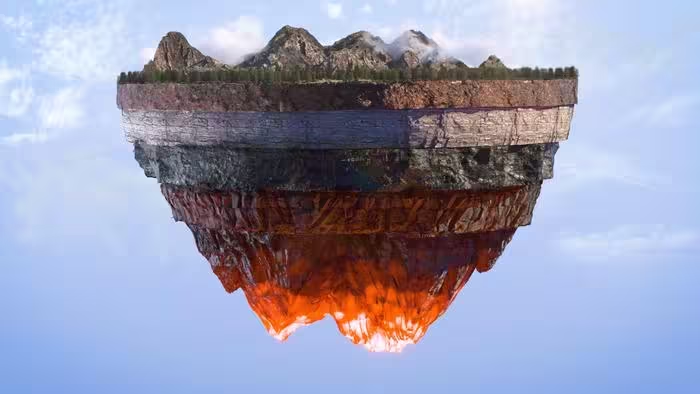
New laboratory data confirm the potential for geothermal’s holy grail: tapping into the superhot, superdeep rock miles below our feet, which could create a clean, renewable energy source capable of replacing a significant amount of the fossil fuels associated with global warming.
The data, reported in the journal Nature Communications, are among the first to show that such rock can form fractures that connect and make it more permeable.
Until now, geologists were divided as to whether this was possible.
Such fractures are important because water passing through them can become supercritical, a steam-like phase that most people aren’t familiar with.
(Familiar phases are liquid water, ice, and the vapor that makes clouds.)
Supercritical water, in turn, “can penetrate fractures faster and more easily and can carry far more energy per well to the surface—roughly five to ten times the energy produced by today’s commercial geothermal wells”, according to “Superhot Rock Geothermal, A Vision for Zero-Carbon Energy ‘Everywhere,’” a 2021 report by the Clean Air Task Force.
The data also show that rock that fractures at superhot conditions can be ten times more permeable than rock that fractures at conditions closer to the Earth’s surface, and can also deform more readily.
Those factors could make this geothermal resource “much more economic,” says Geoffrey Garrison, Vice President of Operations for Quaise Energy, one of the funders for the work.
Quaise is working on a novel drilling technique for accessing superdeep, superhot rock.
A Geological Debate
Until now, geologists had been divided as to whether this superdeep, superhot resource can be tapped.
Rock under such high pressures and temperatures—more than 375°C, or 707°F—is ductile, or gooey, as opposed to a smashable stone from your backyard.
As a result, some have argued that fractures can’t be created.
And if they can, will they stay open?
The current work, led by a team at the Ecole Polytechnique Fédéral de Lausanne (EPFL), confirms that fractures can indeed form in superhot, superdeep rock located near the brittle-to-ductile transition in the crust.
The latter is where hard, brittle rock begins to transition into a material that’s ductile, or more pliable.
“There are also lots of other data coming out of this work that will inform our approach to tapping the resource,” Garrison says.
For example, “how strong is the rock? How far do the fractures go? How many fractures can we create?”
“All of this will help us derisk the drilling involved, which is very expensive.”
“You don’t get a lot of chances. You don’t get to drill a hole then, like hanging a picture, move it over if you’ve missed the best location.”
“Exciting Finding”
Peter Massie is director of the Geothermal Energy Office at the Cascade Institute, which recently released a report with the Clean Air Task Force about drilling for superhot geothermal energy.
Massie, who was not involved in the Nature Communications work, made the following comment about it on X:
“Exciting finding: extreme heat & pressure can help create better enhanced geothermal systems [EGS].”
“At very high temps, rocks become ductile (plasticky), which was expected to impede EGS.”
“This supports [the] prospect of ultradeep, ‘supercritical’ geothermal with major boost in output.”
The research was led by Associate Professor Marie Violay, head of the Laboratory of Experimental Rock Mechanics at EPFL.
Says Violay:
“This work is exciting because it presents the first permeability measurements conducted during deformation at pressure and temperature conditions characteristic of deep supercritical geothermal reservoirs near the brittle-to-ductile transition in the crust.”
“We have shown that the brittle-to-ductile transition is not a cutoff for fluid circulation in the crust, which is promising for the exploitation of deep geothermal reservoirs.”
“There are very few in situ data available, and these are among the first experimental results that shed light on such extreme conditions.”
Violay’s coauthors of the Nature Communications paper are first author Gabriel G. Meyer and Ghassan Shahin, both of EPFL, and Benoit Cordonnier of the European Synchrotron Radiation Facility.
What’s Happening?
The consistency of superhot, superdeep rock is similar to that of Silly Putty.
“If you pull it slowly, it stretches out and becomes elastic. But if you pull a chunk of Silly Putty really quickly, it snaps.”
“And that is brittle behavior,” says Garrison.
In other words, he continues, “if you stress the rock slowly enough under these extreme conditions, it may stretch and not fracture.”
“This work shows that rock will shatter under these conditions, but it needs to be stressed quickly to do so.”
The research confirms theoretical work reported earlier this year in Geothermal Energy showing that the cracks that form create a dense “cloud of permeability” throughout the affected rock.
This is in contrast to the much larger and fewer macroscopic fractures induced by the engineered geothermal systems (EGS) in use today, which operate closer to the surface and at much lower temperatures.
As a result, the simulations involved in the Geothermal Energy work predict that a superhot system can deliver five to ten times more power than typically produced today from EGS, and do so for up to two decades.
Unique Experimental Machine
Garrison notes that there are very few facilities in the world capable of making the measurements conducted at EPFL.
Says Violay, “The best part [of this research] was the development of a unique experimental machine capable of reproducing the pressure, temperature, and deformation conditions of deep supercritical reservoirs near the brittle-to-ductile transition.”
“Additionally, we were able to combine these experimental results with in situ X-ray images obtained the ESRF (European Synchrotron Radiation Facility), offering a comprehensive view of the processes involved.”
In addition to Quaise Energy, this work was funded by the European Research Council, the Swiss National Science Foundation, The European Union’s Horizon 2020 research and innovation program, the Swiss Federal Office of Energy, and Alta Rock Energy.
More info
You may also be curious about:
-
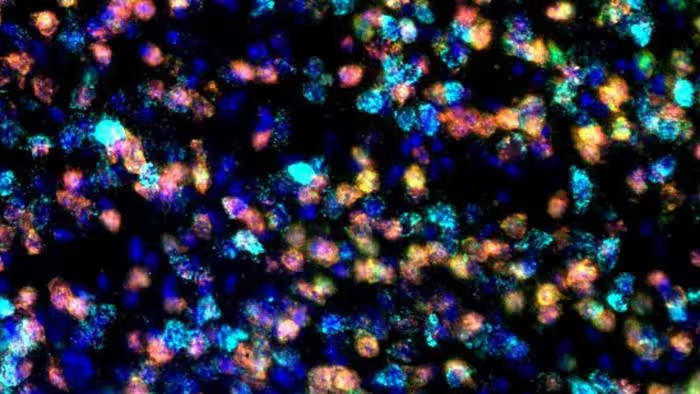
Magnetically regulated gene therapy tech offers precise brain-circuit control
-
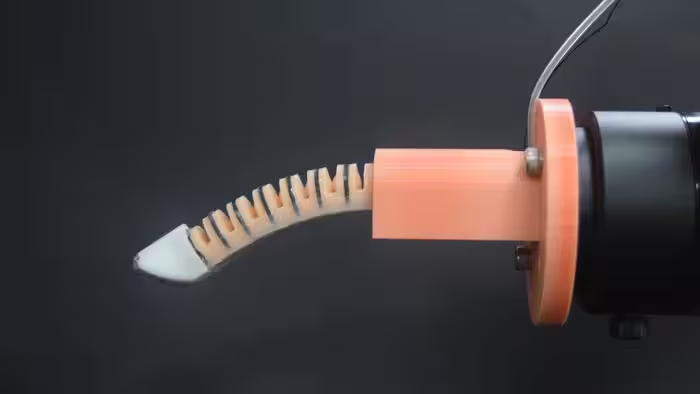
Ultra-sensitive robotic “finger” can perform intimate examinations
-
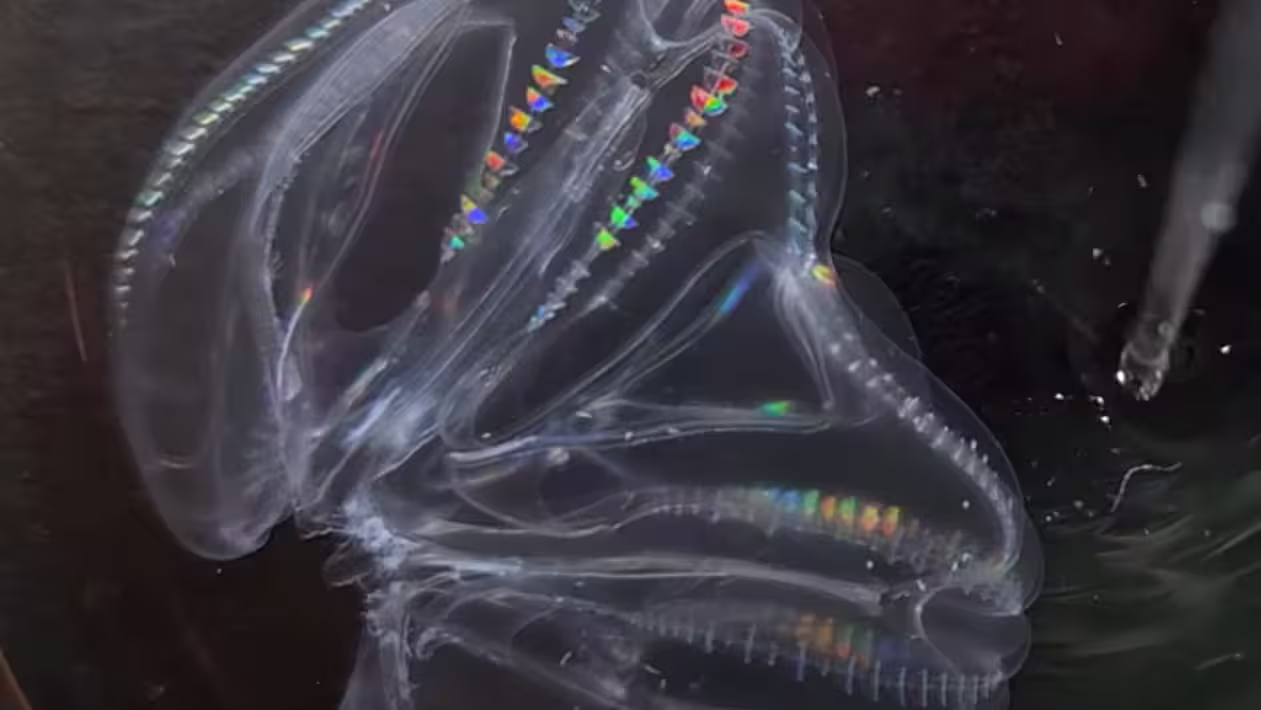
After injury, these comb jellies can fuse to become one
-
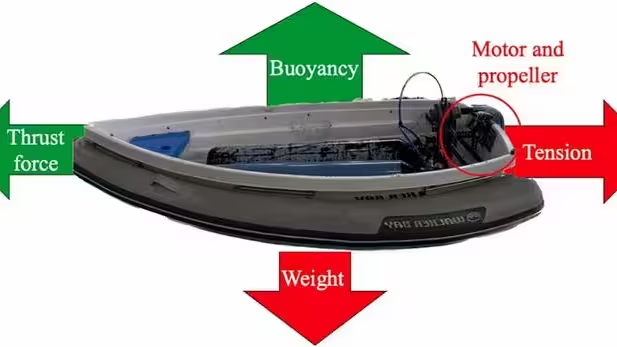
Scientists create air-operated propeller able to drive vessels and ferries
-
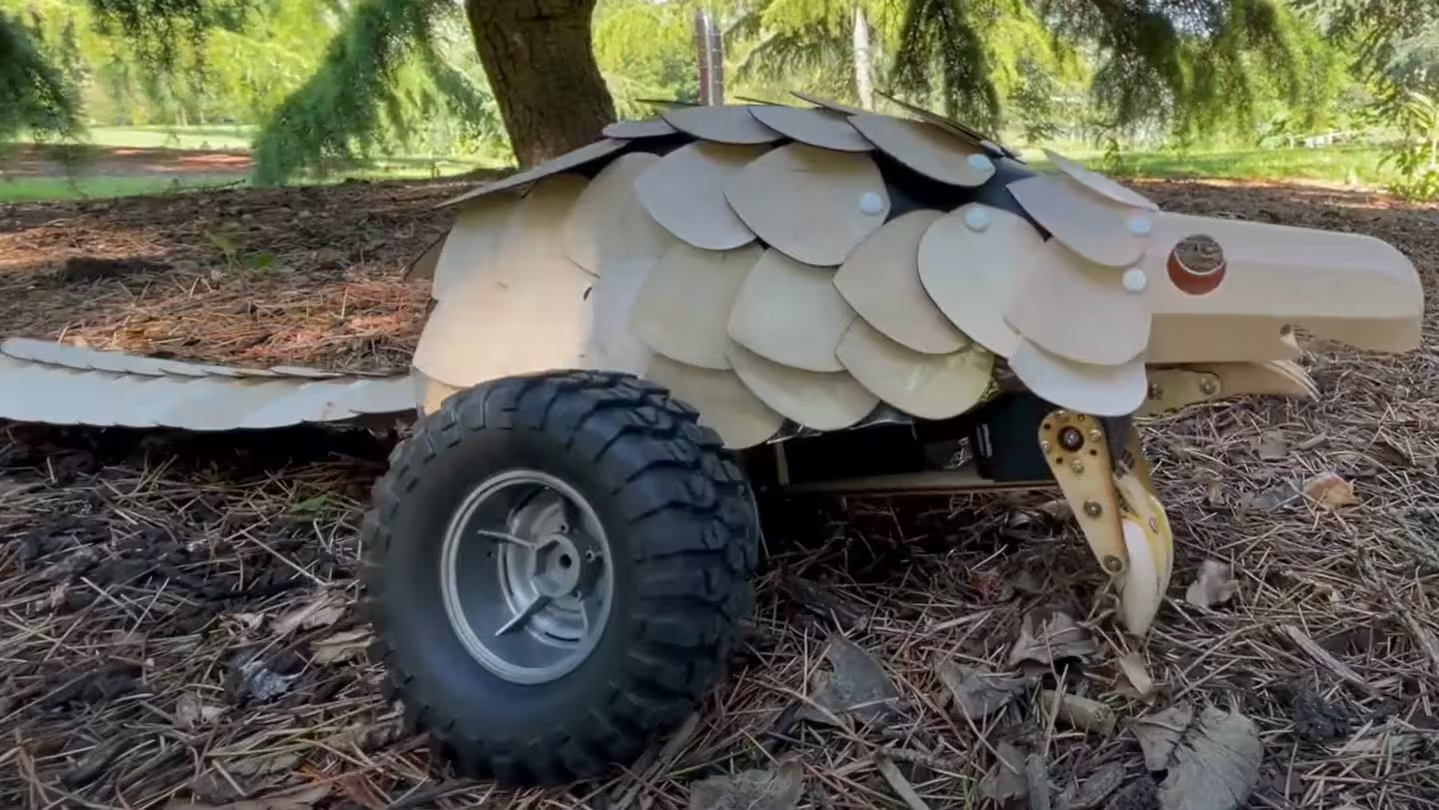
Bionic pangolin
-
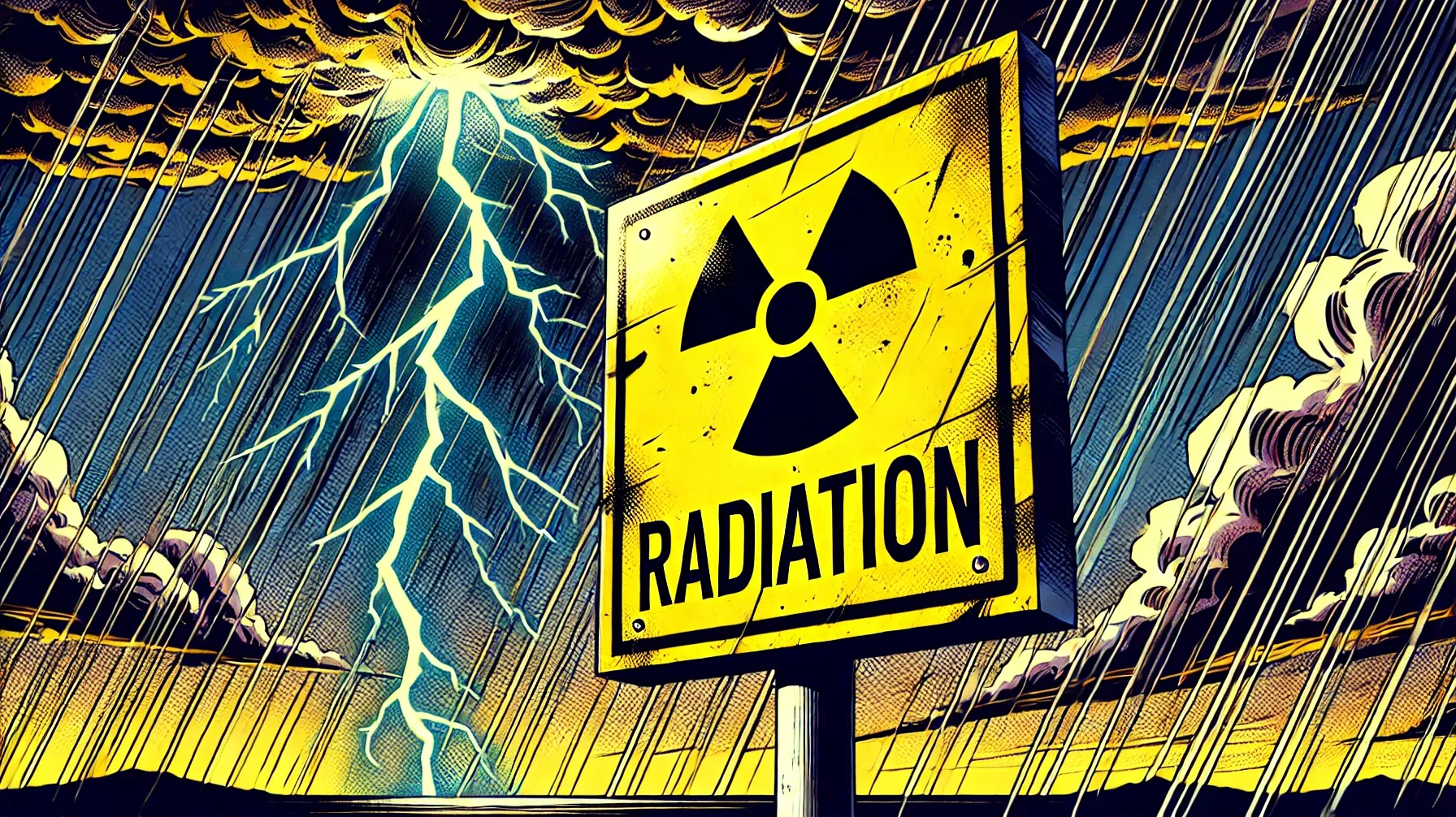
Most tropical lightning storms are radioactive
-

Foldable, reusable origami cup
-

New cooling system works on gravity instead of electricity
-

Tracked multipurpose garden bot includes snowplow mode
-
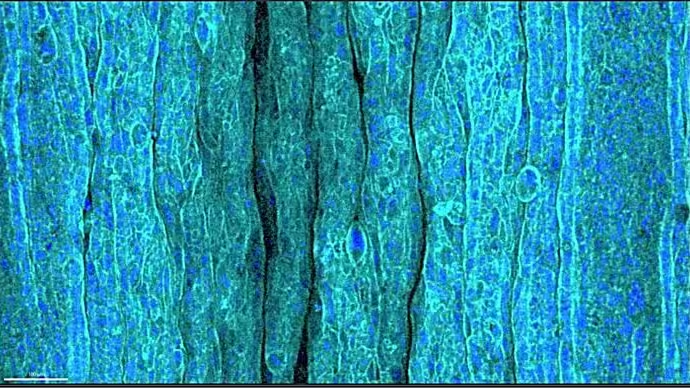
The mystery of human wrinkles: What do the cells say?
-
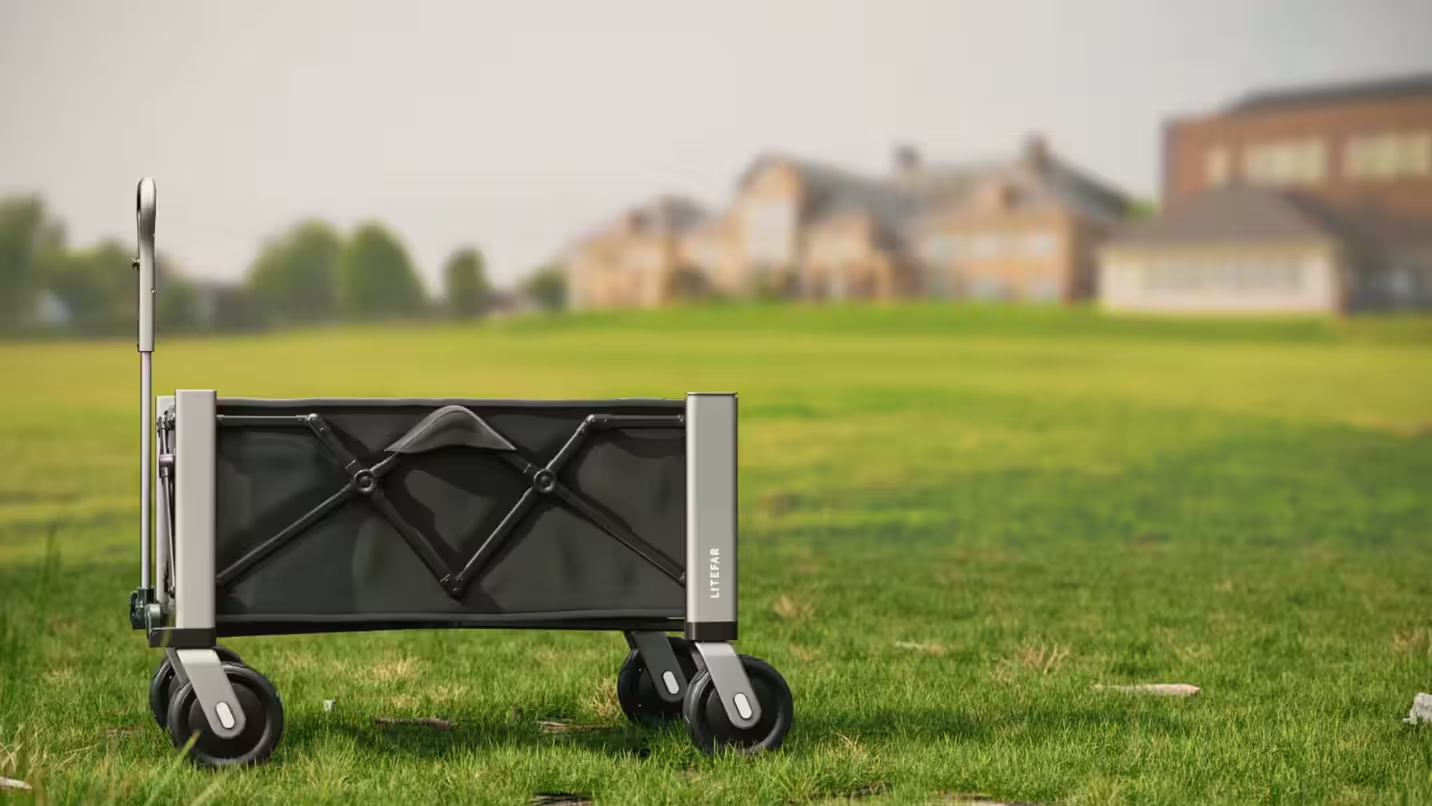
Motorised personal cargo cart
-
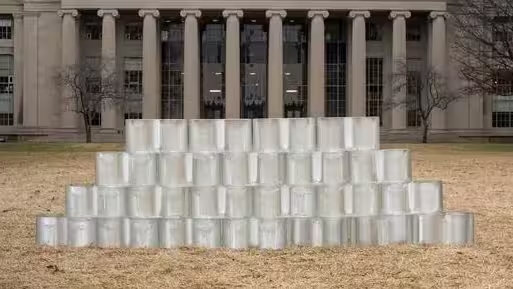
Engineers 3D print sturdy glass bricks for building structures
